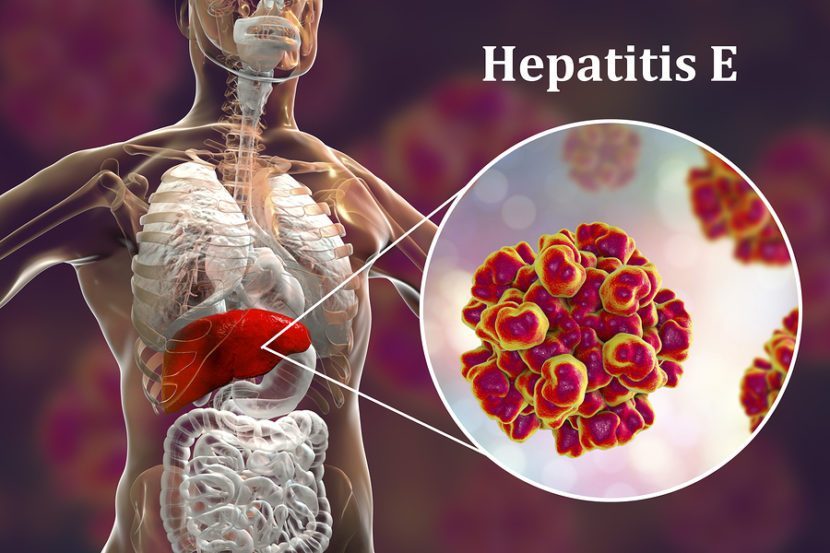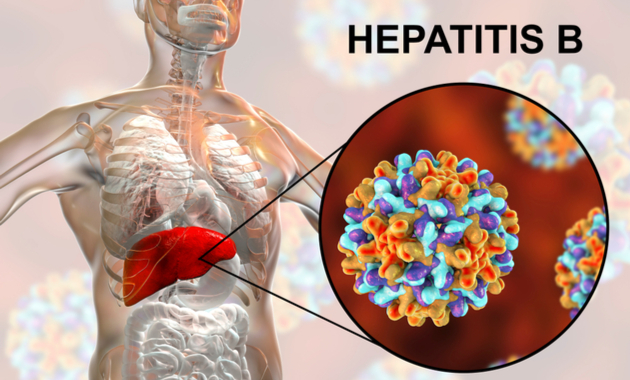Explore the causes and complications of Hepatitis E virus.
A contagious virus called hepatitis E affects the liver and damages and inflames it. This could eventually result in severe consequences in some persons. Hepatitis E is typically easy to treat, and many patients do not require medical intervention.

Hepatitis E is more frequent than individuals might think, according to the National Institute of Diabetes and Digestive and Kidney Diseases (NIDDK). The virus will infect roughly 20% of Americans at some time in their lives, according to recent studies. Areas with limited access to clean water might have a higher prevalence of it.
It can spread in a number of ways, but the most frequent ones are through contaminated water and undercooked meat. Hepatitis E symptoms can differ, although they can occasionally be severe. The best defence against hepatitis E is prevention.
Symptoms of hepatitis E
Following HEV exposure, the incubation period lasts between two and ten weeks, on average between five and six. The virus is excreted by the infected individuals from a few days before to 3–4 weeks after the commencement of the illness.
Young adults between the ages of 15 and 40 are most frequently infected with symptoms in regions with high disease endemicity. Although infections do affect children in these places, they frequently go misdiagnosed because they frequently show no symptoms or simply a minor illness without jaundice.
The following are typical hepatitis signs and symptoms:
- an initial stage characterised by a brief period of mild fever, reduced appetite (anorexia), nausea, and vomiting;
- joint discomfort, skin rash, itching, or stomach ache;
- A slightly enlarged, painful liver, black urine, and pale faeces are all symptoms of jaundice (a yellowing of the skin) (hepatomegaly).
These symptoms typically last 1-6 weeks and are often difficult to distinguish from those brought on by other liver disorders.
Rarely, acute hepatitis E can become fulminant and be extremely severe (acute liver failure). These patients run the risk of passing away. Hepatitis E in pregnancy increases the risk of severe liver failure, foetal loss, and mortality, especially in the second and third trimesters. If they contract hepatitis E during the third trimester, up to 20–25% of pregnant women risk dying.
Immunosuppressed individuals, particularly organ transplant recipients using immunosuppressive medications, have been found to have cases of persistent genotype 3 or genotype 4 HEV infection. These are still rare.
What causes hepatitis E?
The majority of hepatitis E cases are brought on by consuming water that has been tainted by faeces. You have a higher risk if you reside in or travel to unsanitary nations. This is especially true in locations that are crowded.
Hepatitis E can also, albeit rarely, be spread through the consumption of animal products. Additionally, blood transfusions can result in its transmission. The virus can potentially infect a pregnant mother and spread to the foetus.
After a few weeks, most infections resolve on their own. The virus also results in liver failure in some cases.
Complications and risk of hepatitis E
Though uncommon, complications are possible. This is especially true for vulnerable populations. The possibility of developing a persistent form of the infection, neurological diseases, severe liver damage, or even deadly liver failure, are all complications.
One significant at-risk population is women who are pregnant. Both the parent and maybe the unborn child might be impacted by hepatitis E. According to the World Health Organization (WHO), the virus has a death incidence of up to 20–25% among pregnant women in the third trimester.
Additionally, those with a history of chronic liver illness or liver disorders may be more at risk for developing hepatitis E. Immunosuppressive medication users who additionally have a liver transplant may potentially be more vulnerable to problems.
Diagnosis of hepatitis E
Hepatitis E cannot currently be diagnosed using any officially recognised test. Doctors must rely on tests to detect the antibodies that fight the virus in order to correctly diagnose hepatitis E. They will also examine the blood for hepatitis A, B, and C, among other hepatitis strains.
Doctors may conclude that a patient has the illness if they test negative for various types of hepatitis but also have the antibodies needed to combat hepatitis E in their body.
Treatment of hepatitis E
Hepatitis E rarely requires medical attention, as the body naturally gets rid of the virus. However, medical professionals could suggest a few measures to help the body while it is fighting the illness.
These consist of:
- eating a nutritious, diversified diet
- consuming a lot of liquids, particularly water
- resting
- avoiding things like alcohol that irritate the liver
Additionally, doctors might inquire about any medications that a patient is taking. The liver may be harmed by some.
While a patient is recovering from the infection, doctors may examine a patient’s drug regimen to determine whether it can be reduced or stopped altogether. The same is true for numerous vitamins and supplements.
As the body heals, it’s also crucial for patients to visit their doctor frequently. In order to establish whether the body can combat the illness, the doctor may use blood tests to monitor treatment progress or examine for any physical changes.
Doctors may occasionally recommend drugs to treat hepatitis E. People who have an infection that is particularly severe may experience this more frequently. Rarely, a person could need to be hospitalised. Hepatitis E infections that manifest in members of at-risk groups may be one of these situations.
Prevention from hepatitis E
The best method to avoid contracting hepatitis E and any potential problems is to prevent it. Make sure to only consume cleaned water when visiting underdeveloped nations or busy places with dirty water. The simplest method to achieve this is to always drink bottled water.
All water use in these locations must follow the same rules. Use bottled water for all purposes, including food preparation, fruit and vegetable cleaning, and tooth brushing.
The virus will be rendered inactive by boiling or chlorinating water, according to the Centers for Disease Control and Prevention (CDC). Those who are worried about catching the illness might also want to stay away from wild game like deer and raw meats like pork.
No vaccination in the United States has received official approval, as the CDC points out. However, a vaccination was authorised for use in China in 2012 there.
It’s also crucial to stop the virus from spreading. Even though it is rare for the virus to spread between people, anyone who has it should be careful and practise good cleanliness. These consist of, for instance, washing one’s hands with warm water after using the restroom and before preparing food.
REFERENCES:
- https://www.healthline.com/health/jaundice-yellow-skin
- https://www.medicalnewstoday.com/articles/324204
- https://www.who.int/news-room/fact-sheets/detail/hepatitis-e
For more details, kindly visit below.
